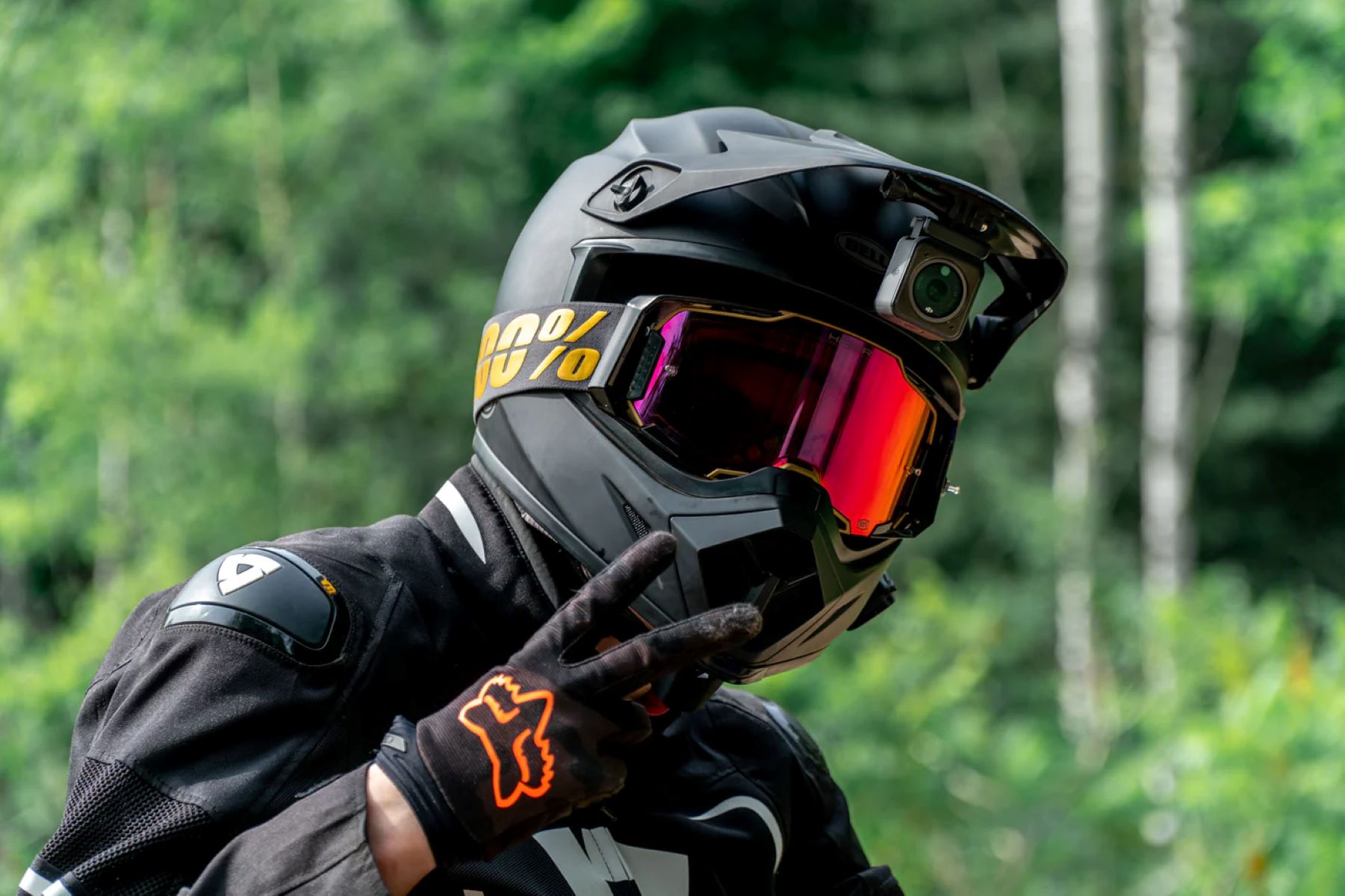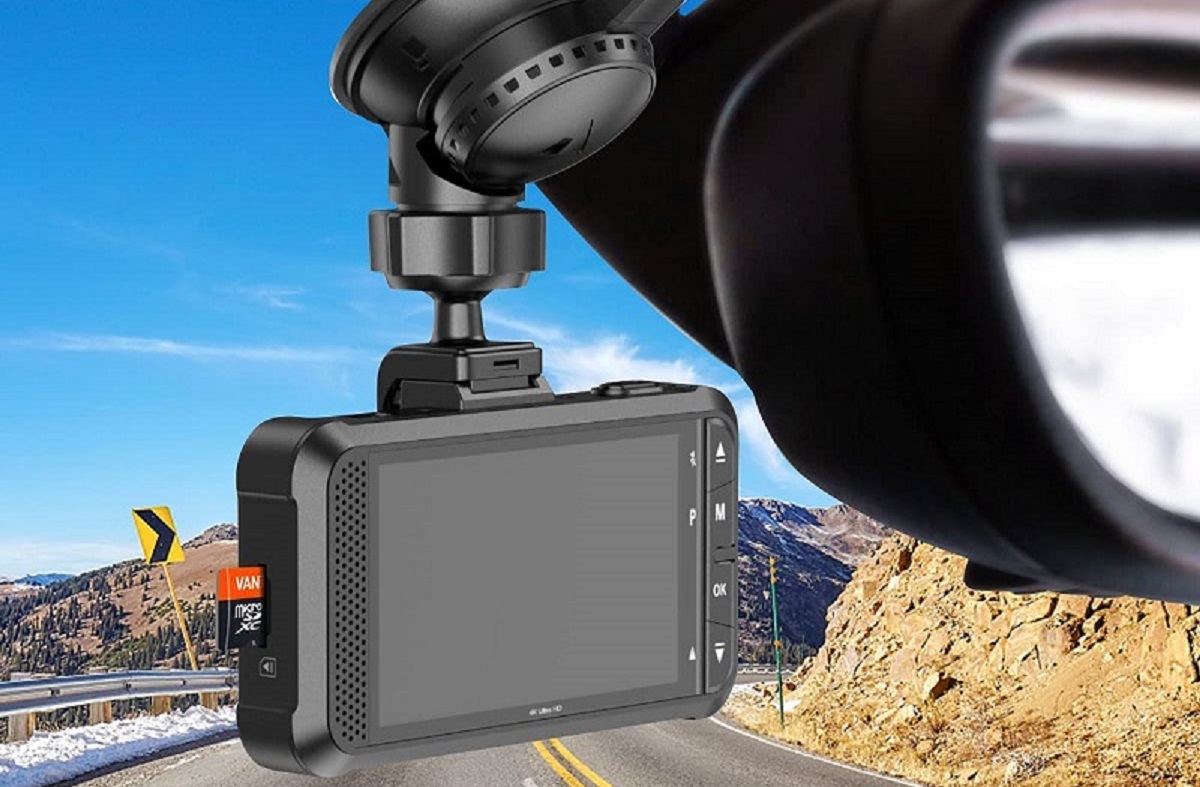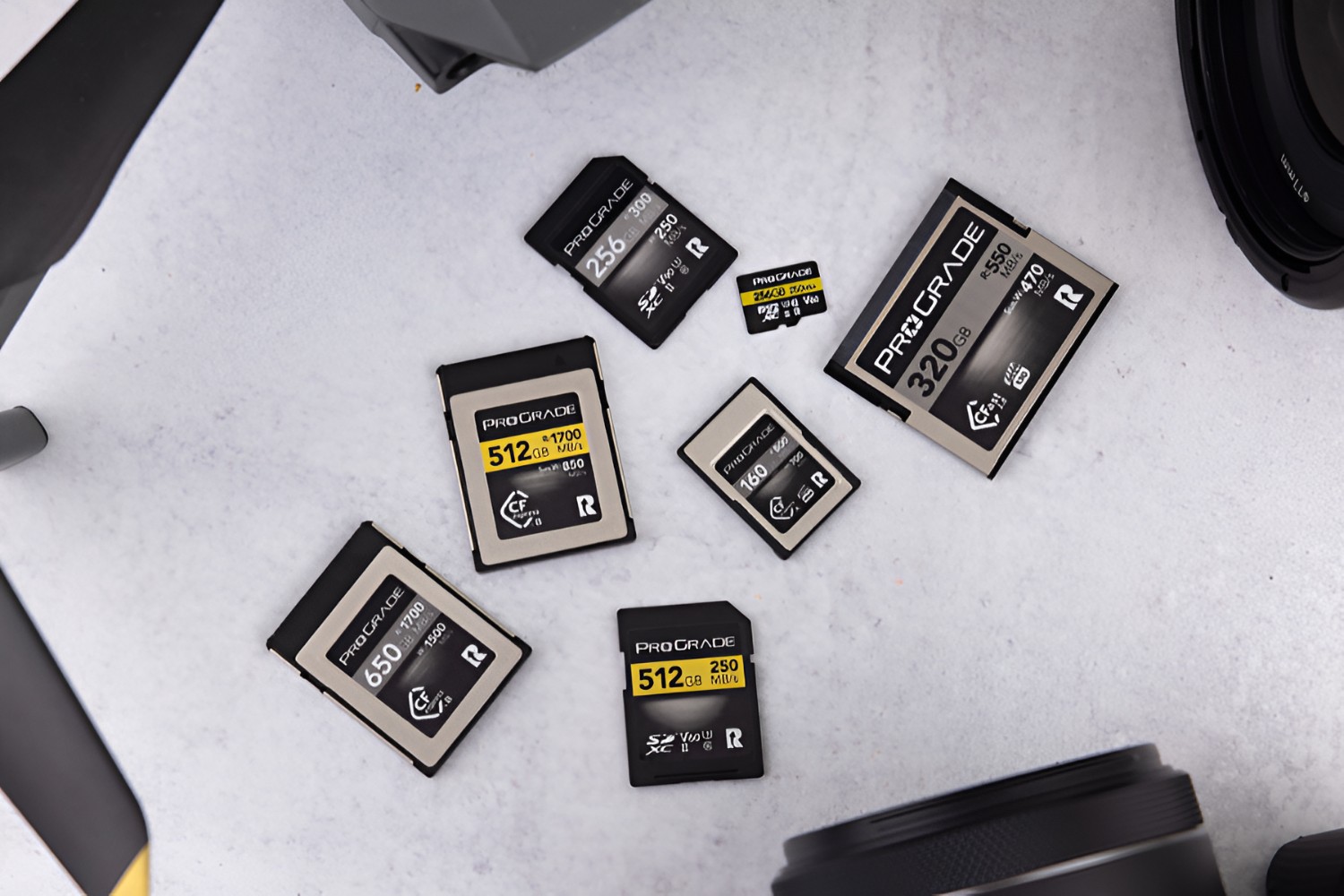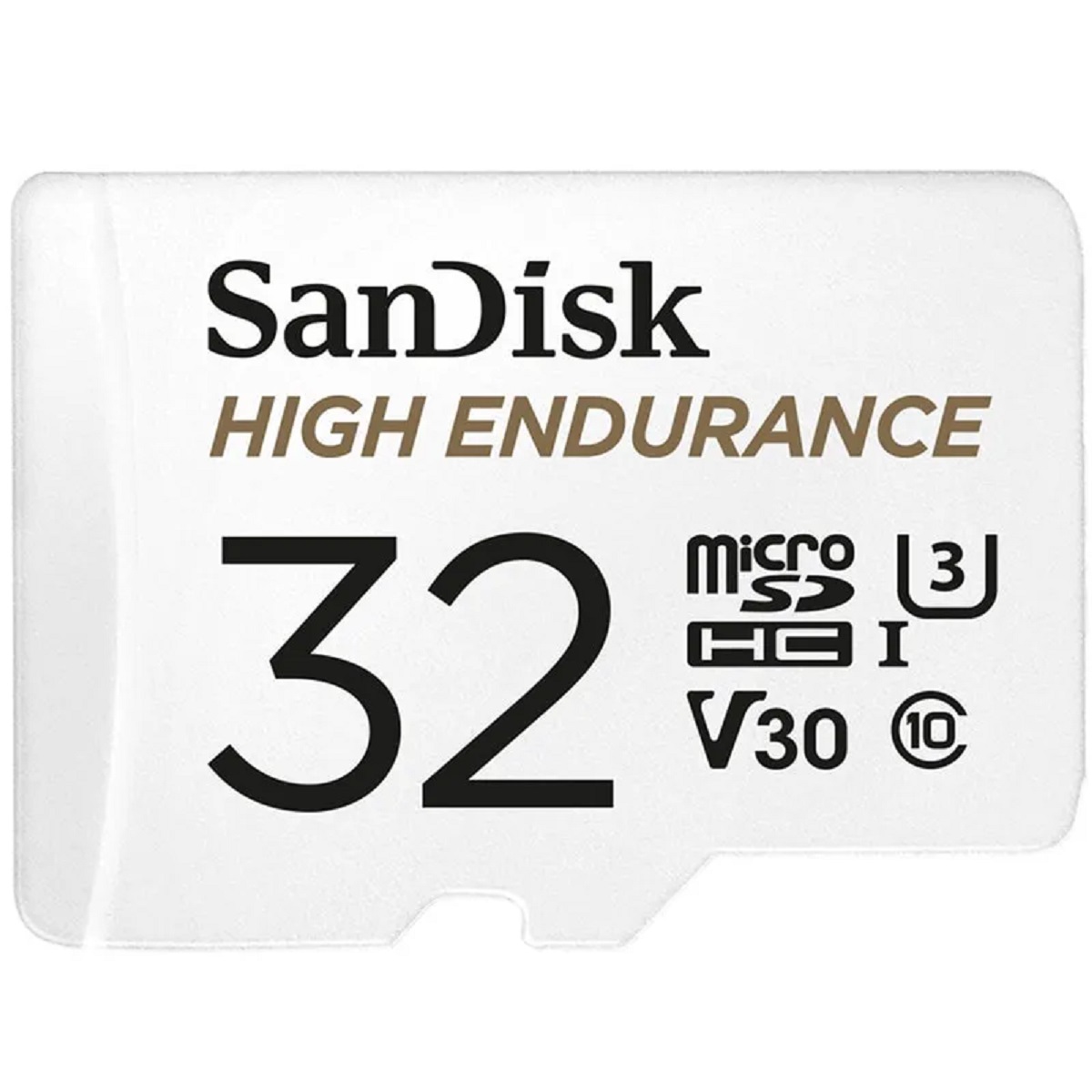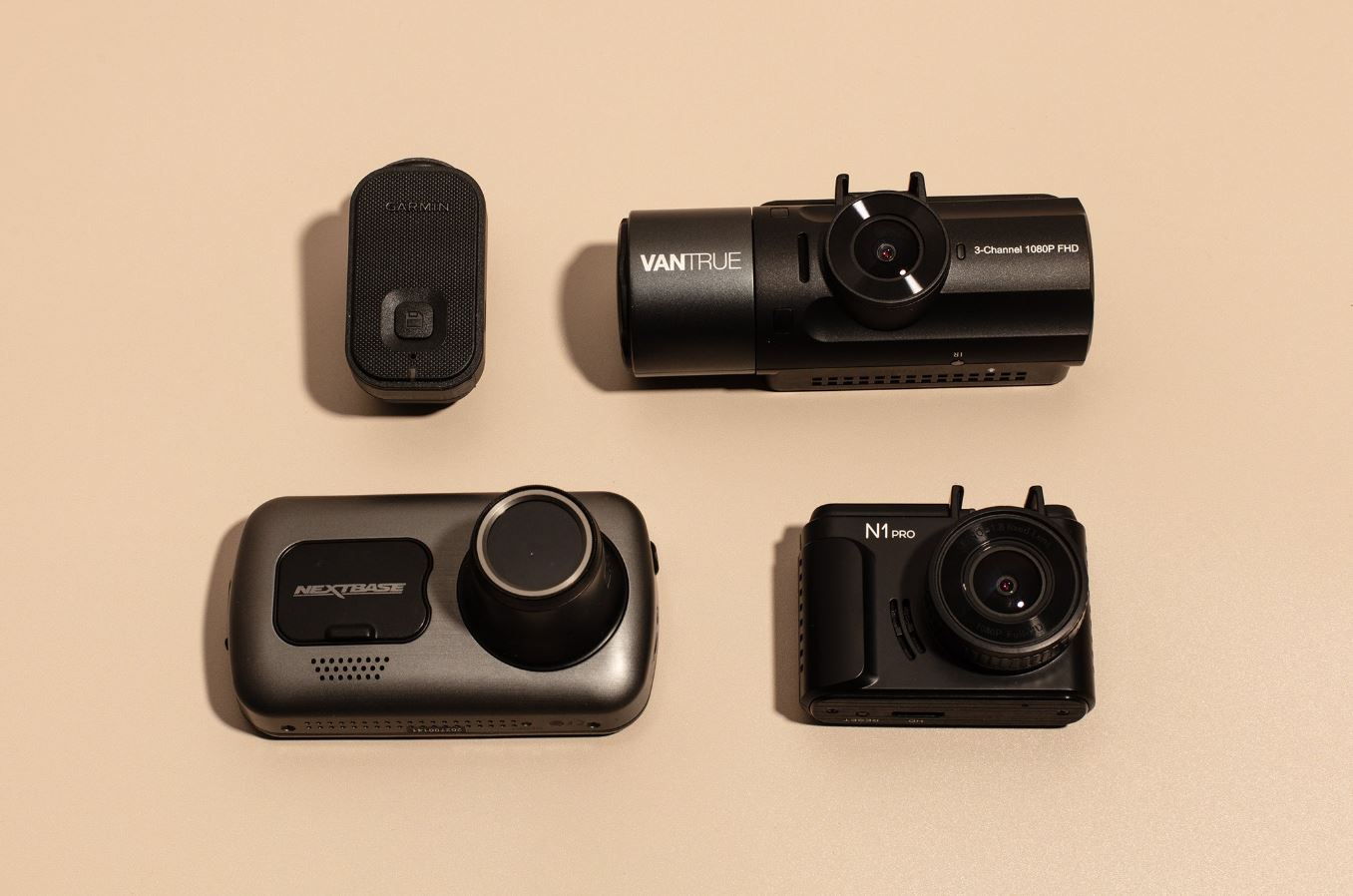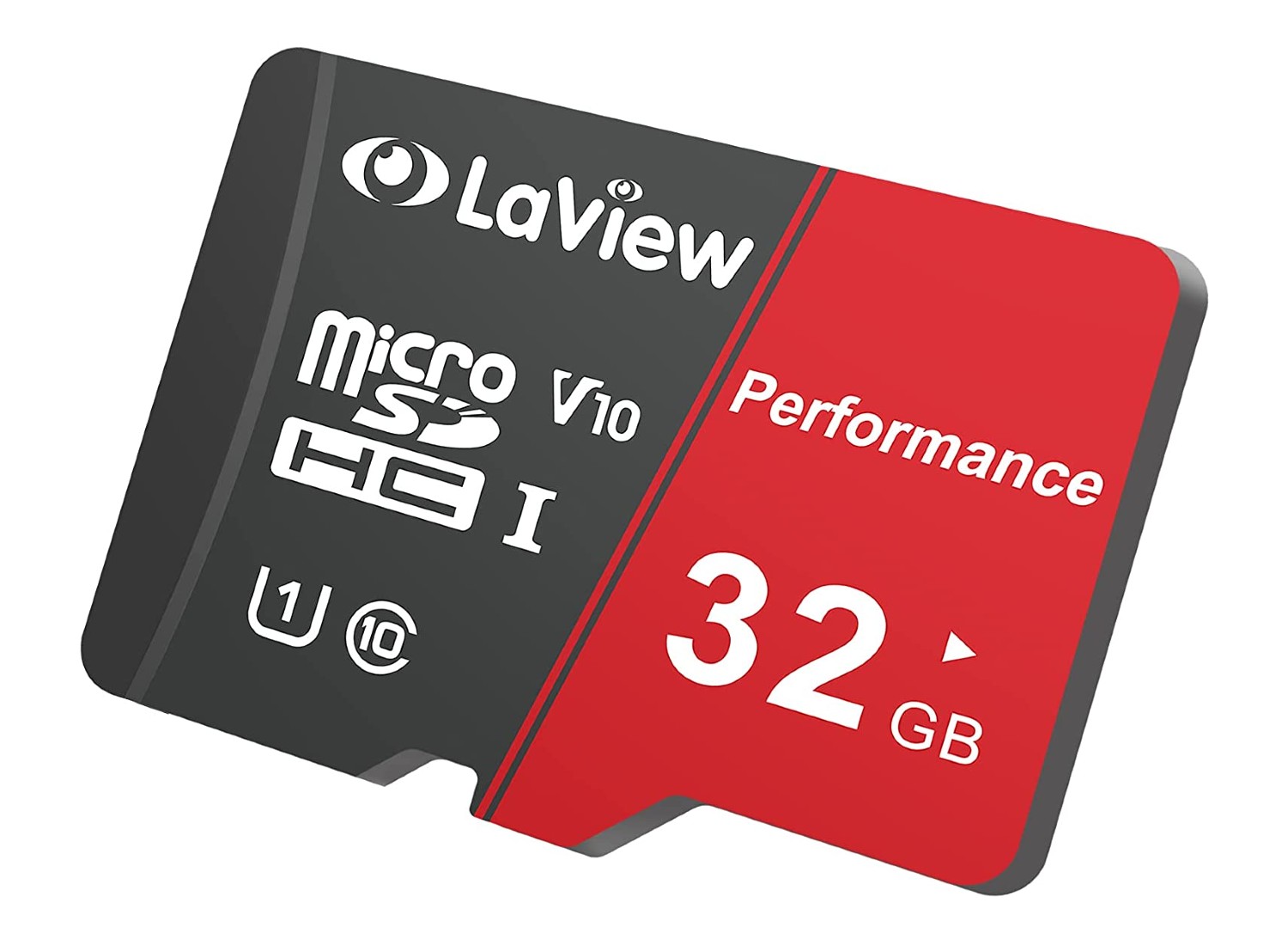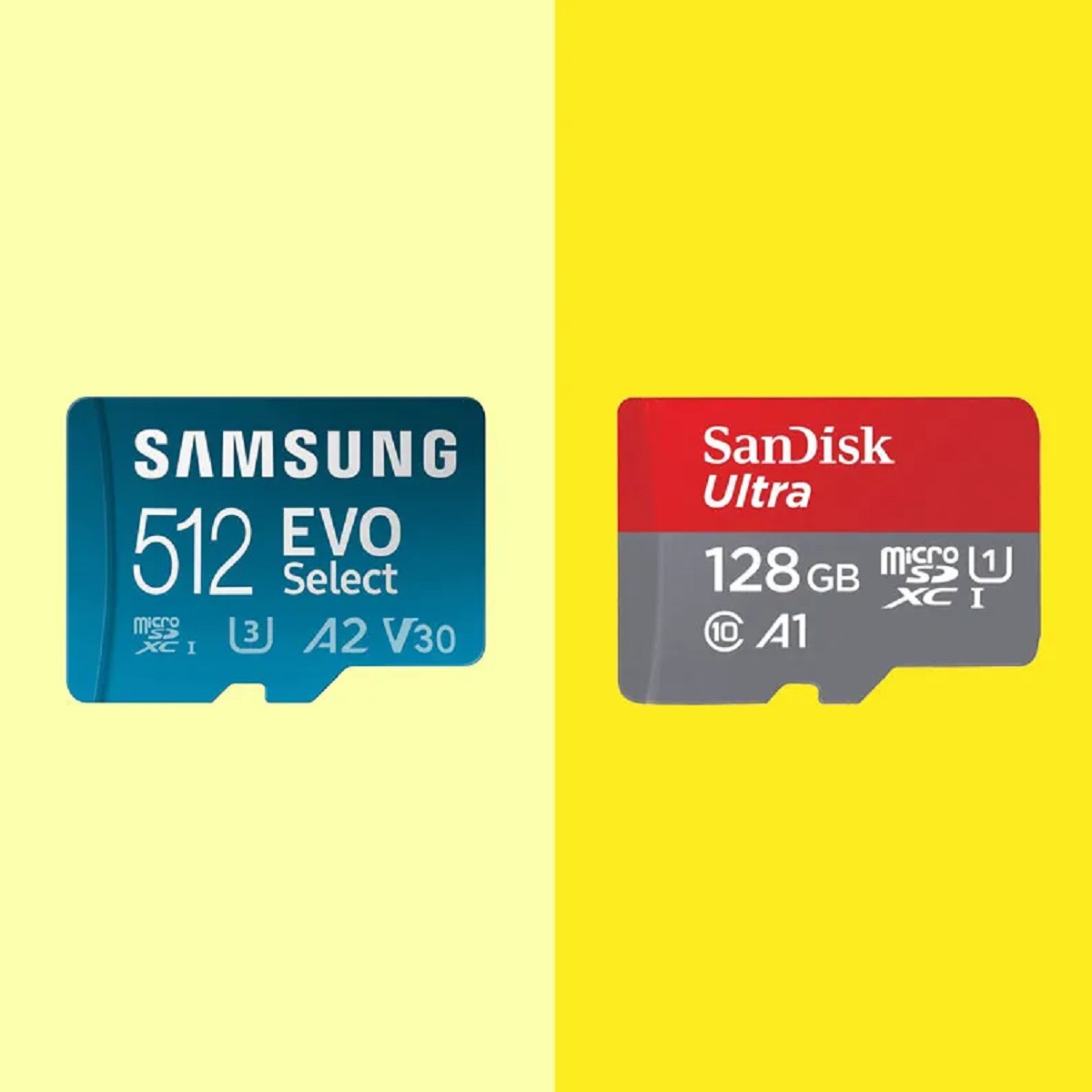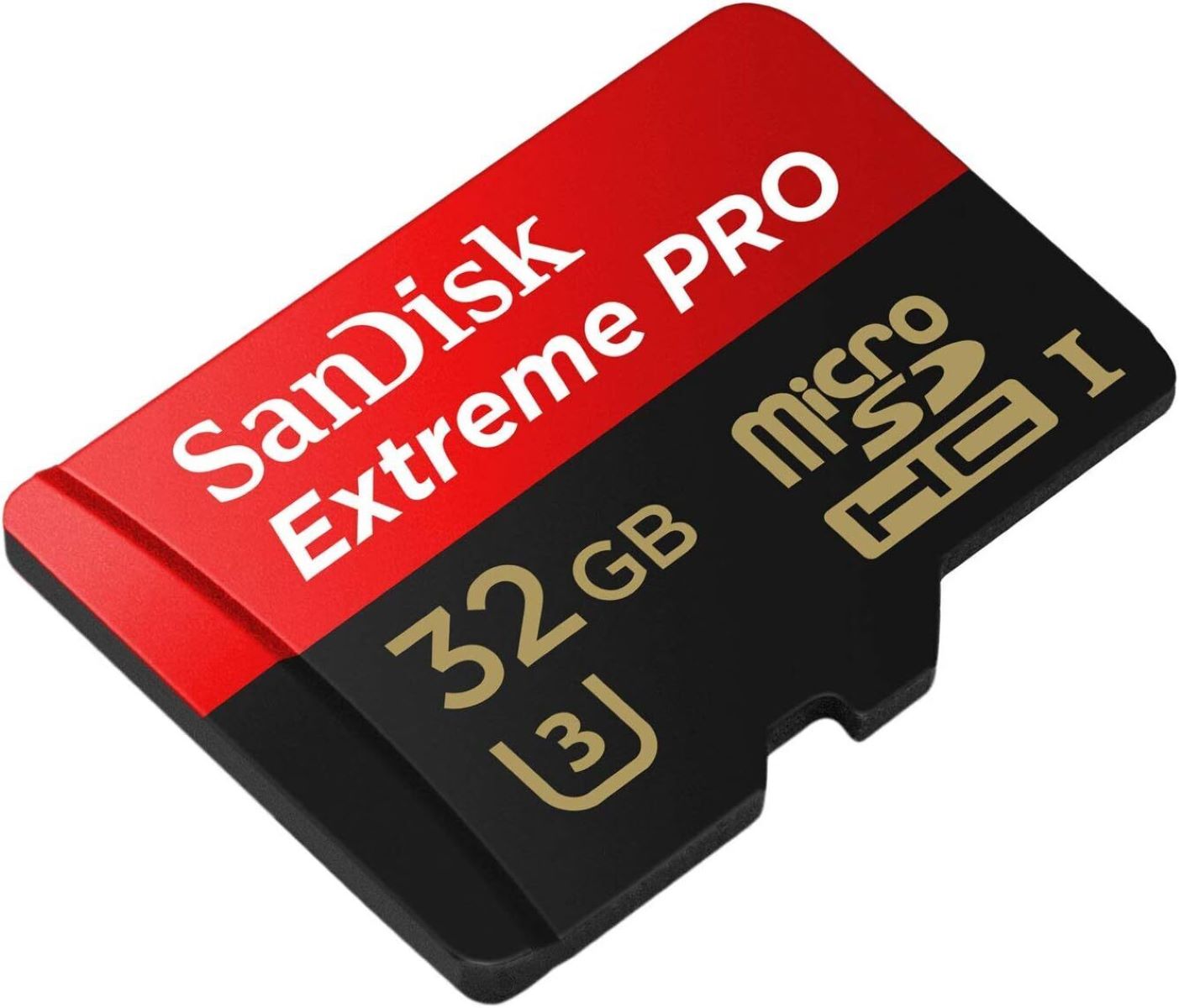Introduction
Are you an adventure enthusiast who loves capturing thrilling moments on the go? If so, you likely understand the importance of a reliable action camera and a spacious SD card to store your adrenaline-pumping footage. Whether you are an avid motorcyclist, a passionate skier, or a daring mountain biker, having a helmet action camera mount equipped with a 32GB SD card can be a game-changer in documenting your escapades.
In this comprehensive guide, we will delve into the intricacies of recording time on a 32GB SD card when used with a helmet action camera. By understanding the factors that influence recording duration and the optimal settings for maximizing storage capacity, you can make the most of your action-packed adventures without worrying about running out of space.
Stay tuned as we unravel the mysteries of SD card capacity, recording time, and video resolution to empower you with the knowledge needed to capture and preserve your exhilarating experiences. Whether you are gearing up for a weekend escapade or planning a daring expedition, this guide will equip you with the insights to make the most of your helmet action camera setup. Let's dive into the fascinating world of action camera recording and SD card storage to unleash the full potential of your adrenaline-fueled exploits.
Understanding the Capacity of a 32GB SD Card
Before delving into the intricacies of recording time, it’s essential to comprehend the storage capacity of a 32GB SD card. Despite being compact in size, a 32GB SD card boasts significant storage capabilities, making it an ideal companion for your helmet action camera. This tiny yet powerful device has the potential to store a vast amount of footage, allowing you to capture your adventures without constantly worrying about running out of space.
When it comes to understanding the capacity of a 32GB SD card, it’s important to consider the file size of the videos you intend to record. High-definition videos typically consume more space compared to standard-definition recordings. Additionally, the format in which the videos are saved, such as MP4 or AVI, can also impact the amount of storage space utilized.
Furthermore, it’s crucial to recognize that a portion of the 32GB capacity is utilized for file system overhead and formatting, meaning the actual usable space is slightly less than the advertised capacity. This consideration is vital when estimating the total recording time available on the SD card.
Despite these technical nuances, a 32GB SD card offers ample room for storing hours of captivating footage from your escapades. Whether you’re hurtling down mountain trails, carving through pristine snow, or cruising along scenic routes, the 32GB capacity provides a generous canvas for preserving your most exhilarating moments.
By comprehending the storage capacity of a 32GB SD card and the factors influencing its effective use, you can embark on your adventures with the confidence that your helmet action camera setup is equipped to capture and retain the essence of your adrenaline-fueled endeavors.
Factors Affecting Recording Time
Several factors come into play when determining the recording time on a 32GB SD card with a helmet action camera. Understanding these variables is crucial for optimizing your filming experience and making the most of the available storage capacity.
- Video Resolution: The resolution at which you choose to record significantly impacts the amount of space each video file occupies on the SD card. Higher resolutions, such as 4K or 1080p, result in larger file sizes, subsequently reducing the overall recording time. Conversely, lower resolutions, such as 720p or standard definition, consume less space, allowing for longer recording durations.
- Frame Rate: The frame rate at which videos are recorded also influences the file size and, consequently, the recording time. Higher frame rates, commonly used for capturing fast-paced action, result in larger file sizes, while lower frame rates conserve space and extend the recording duration.
- Compression: The compression method applied to video files impacts their size and, by extension, the recording time. Different compression algorithms and settings can significantly alter the amount of space videos occupy on the SD card without compromising visual quality.
- Video Format: The format in which videos are saved, such as MP4, AVI, or MOV, can affect the file size and, consequently, the recording time. Understanding the nuances of different video formats enables you to select the most efficient option for your filming needs.
- Bitrate: The bitrate at which videos are encoded directly influences their size. Higher bitrates result in larger file sizes, while lower bitrates conserve space, allowing for longer recording durations without sacrificing visual clarity.
By considering these factors and making informed choices regarding video resolution, frame rate, compression, format, and bitrate, you can optimize the recording time on your 32GB SD card. Tailoring these settings to suit your filming requirements ensures that you can capture and preserve your adventures without being constrained by storage limitations.
Recording Time for Different Video Resolutions
When utilizing a 32GB SD card with your helmet action camera, the choice of video resolution plays a pivotal role in determining the recording time available. The following insights shed light on the approximate recording durations for various video resolutions, offering valuable guidance for tailoring your filming settings to suit your specific needs.
- 4K Resolution: Recording videos in stunning 4K resolution delivers unparalleled visual fidelity, making it an enticing choice for capturing breathtaking landscapes and high-speed action. However, the trade-off for this exceptional clarity is a reduction in recording time. On a 32GB SD card, 4K footage at 30 frames per second (fps) may provide approximately 2 to 2.5 hours of recording time, while 60 fps could yield around 1.5 to 2 hours of footage.
- 1080p Resolution: Opting for the widely-used 1080p resolution strikes a balance between visual quality and recording duration. When shooting at 1080p, the 32GB SD card can accommodate roughly 4 to 5 hours of footage at 30 fps, and approximately 3 to 4 hours at 60 fps.
- 720p Resolution: Selecting 720p resolution extends the recording time even further. With this setting, the 32GB SD card may store approximately 6 to 8 hours of video at 30 fps, providing ample space for documenting extended adventures without the need for frequent file transfers or card swaps.
- Standard Definition (SD) Resolution: For those prioritizing recording time and seeking to maximize the utilization of their 32GB SD card, standard definition (SD) resolution offers an extensive duration. At SD resolution, the card can store roughly 12 to 16 hours of footage at 30 fps, ensuring that you can capture prolonged sequences without concern for running out of space.
By understanding the implications of different video resolutions on recording time, you can tailor your filming settings to align with the duration of your adventures and the level of visual detail you aim to capture. Whether you prioritize crisp imagery or prolonged recording durations, the choice of video resolution empowers you to personalize your filming experience to suit your unique storytelling preferences.
Tips for Maximizing Recording Time
Efficiently utilizing the storage capacity of a 32GB SD card with your helmet action camera involves strategic planning and thoughtful consideration of various factors. By implementing the following tips, you can optimize your recording time and ensure that your adventures are seamlessly documented without the need for frequent interruptions or file management.
- Choose Optimal Video Settings: Selecting the most suitable video resolution, frame rate, compression, format, and bitrate for your filming needs is essential for maximizing recording time. By striking a balance between visual quality and storage efficiency, you can capture extensive footage without compromising on the clarity of your recordings.
- Utilize Loop Recording: Many helmet action cameras offer a loop recording feature, allowing continuous overwriting of older footage once the SD card reaches full capacity. This functionality ensures that the most recent segments of your adventure are always preserved, eliminating the need to manually delete old files to free up space.
- Carry Spare SD Cards: If your adventures entail prolonged filming sessions, carrying spare 32GB SD cards can extend your recording capabilities. Swapping out full cards for fresh ones enables uninterrupted filming, ensuring that no thrilling moments are missed due to storage constraints.
- Regularly Offload Footage: Transferring recorded footage from the SD card to a storage device or a cloud-based platform at opportune intervals prevents the card from reaching full capacity. This practice not only frees up space for additional recordings but also safeguards your precious footage in the event of unexpected mishaps.
- Monitor Available Space: Keeping an eye on the remaining storage space on the SD card allows you to gauge the recording time available and plan accordingly. This proactive approach enables you to make informed decisions regarding when to offload footage or switch to a fresh SD card to avoid interruptions during filming.
By incorporating these tips into your filming practices, you can harness the full potential of your helmet action camera and 32GB SD card combination. This proactive approach ensures that your adventures are seamlessly documented with ample recording time, empowering you to focus on your escapades without being encumbered by storage limitations.
Conclusion
Embarking on adrenaline-fueled escapades with a helmet action camera equipped with a 32GB SD card opens up a world of possibilities for capturing and preserving your most thrilling moments. By gaining insights into the capacity of the SD card, the factors influencing recording time, and the implications of different video resolutions, you can tailor your filming settings to suit your unique storytelling preferences.
Understanding the nuances of video resolution, frame rate, compression, format, and bitrate empowers you to optimize the recording time on your 32GB SD card, ensuring that your adventures are seamlessly documented without the constraints of storage limitations. Whether you prioritize visual clarity, prolonged recording durations, or a harmonious blend of both, the choice of video settings enables you to personalize your filming experience to align with the essence of your escapades.
By implementing strategic tips such as utilizing loop recording, carrying spare SD cards, and regularly offloading footage, you can maximize the efficiency of your helmet action camera setup, allowing you to focus wholeheartedly on your adventures without being encumbered by storage concerns.
In essence, the synergy between a helmet action camera and a 32GB SD card transcends mere technology; it becomes a conduit for immortalizing your adrenaline-pumping exploits, preserving the raw essence of your adventures for posterity. With the knowledge and insights gleaned from this guide, you are poised to unleash the full potential of your filming equipment, ensuring that every breathtaking moment is captured and cherished for years to come.
So, gear up, embrace the thrill of the unknown, and let your helmet action camera and 32GB SD card be the faithful custodians of your most exhilarating escapades, immortalizing each heart-pounding second with unwavering fidelity.







